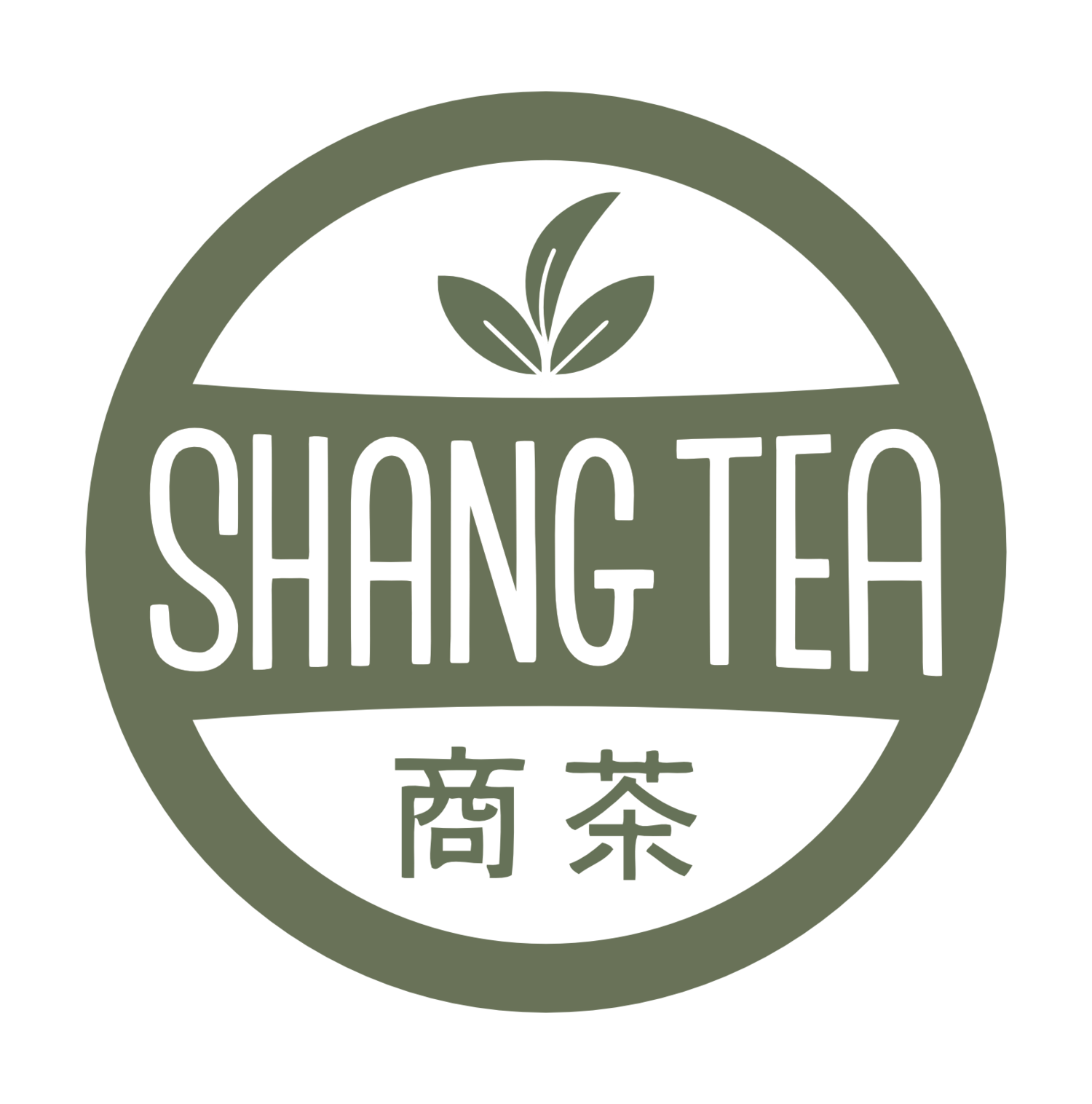Gong Mei Winter Leaf White Tea
The term "Gong Mei" is considered a grade of white tea. Grade generally refers to from where on a tea plant the leaves are picked that are used to make a certain type of tea, which can also correlate to a certain time of year when the tea leaves are in a particular form and size. For example, what we in english would refer to as "White Peony" (or "Bai Mu Dan" in mandarin chinese), is a grade of tea that consists of the bud/needle (which comes from the very top part of a tea plant) and top two or three leaves on a tea plant.
Gong Mei is considered a grade below our White Peony King, not that it is inferior to the White Peony King, but that it includes leaves below the second and third leaves of a tea plant, and is usually harvested from more common naturally hybridized plants that are used to make white teas in Fujian, such as Da Bai and Da Hao. However, traditional Gong Mei is a bit of a different story. Traditionally, Gong Mei was harvested from ancient cultivars (Xiao Bai) of plants used for white tea in the Fujian Province. The Gong Mei that we carry comes from a blend of leaves from Xiao Bai and Da Bai tea plants.
In China, the calendar is broken up into twenty-four different fifteen day periods. One of these periods, which occurs in October, is called Han Lu. Han Lu means "colder dew," or a heavier frost. The time of Han Lu through the rest of the year is considered winter, and our Gong Mei was harvested and processed during the Han Lu period. The processing method and time of year in which the leaves are harvested and processed helps the Gong Mei Winter Leaf White Tea have a rich aroma and a soothing, mellow, and sweeter flavor.
This tea was harvested in 2012 and the processing was overseen by Shang and his nephew. This smooth white tea is one that can be brewed following our normal recommended time frame of 1 to 3 minutes, but we would actually recommend brewing this tea for at least 15 to 30 minutes (in the shop, we let this tea steep for hours) to allow for a richer flavor.
